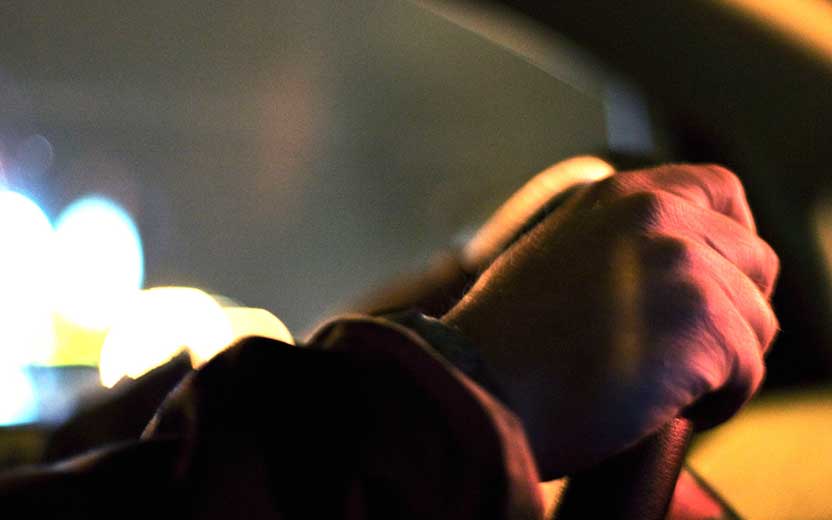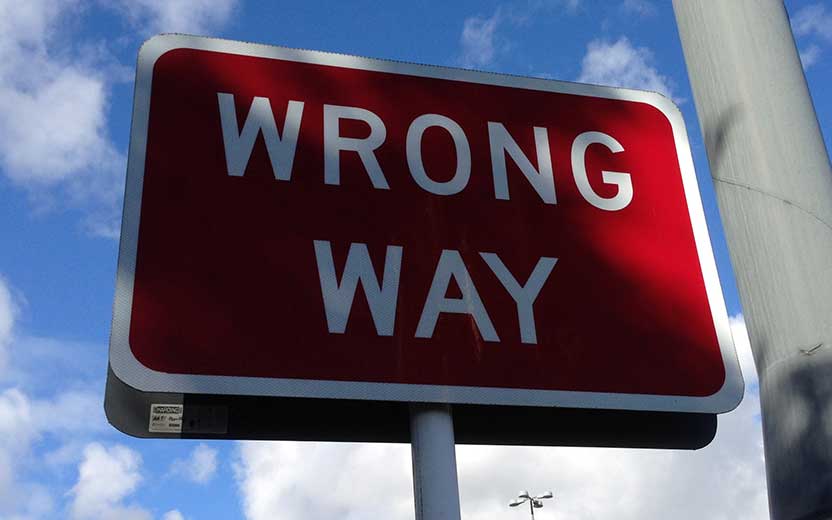By Marcus Fernandez
Florida roads see their fair share of accidents. More than 254,000 people suffered injuries and another 2,951 lost their lives in crashes according to the most recent annual statistics compiled by the state. More than 29,000 of the accidents took place in the Tampa vicinity. That’s why you should be aware of these six tips for taking accident scene photos.
If you suffer injuries in an accident caused by the negligence of another motorist, you might want to pursue a personal injury claim. You will need to recall details about the accident scene when meeting with a personal injury lawyer. The confusion and anxiety following a crash make it difficult to accurately recall details of the accident.
It may be cliché, but a picture is worth a thousand words. Taking accident scene photos are invaluable in proving an at-fault driver caused your injuries. Here are a few tips to remember when capturing this evidence.
There is no such thing as too many photos of the scene
You have only one opportunity to document the accident scene through photos, so do not worry about taking too many. It is better to delete the pictures you don’t need than to discover later that you missed something crucial.
While on the subject of deleting unnecessary photos, you should wait until after meeting with a personal injury lawyer before deleting anything. You never know when a picture you thought was unnecessary suddenly becomes important.
Take photos of the entire accident scene
Photograph the entire accident scene from every angle possible. If necessary, step back to get the entire scene in one photo and move around to get similar photos from different angles and distances.
Keep the multiple-angle approach in mind when taking pictures of the exterior of the vehicles involved in the crash. You want photos of the entire vehicle and not only the sections showing signs of damage.
Photos help you to recall and recreate a sudden, violent event, so try to cover the entire scene including:
- Skid marks, shattered glass, debris and parts of vehicles that may be on the ground.
- Traffic lights and street signs.
- License plate and vehicle identification number of each vehicle involved in the crash.
- Weather conditions, including clouds, fog, ice, snow and rain.
Photos of buildings near the accident scene may help your attorney to locate witnesses or security-camera video of the accident.
Photograph the interior of the vehicles involved
Take several photos from varying angles and distances of the interior of the vehicles. A picture showing whether an airbag deployed or did not deploy can be crucial evidence that may support a claim against the manufacturer of the vehicle or the company responsible for making the airbag.
Do not ignore stains on interior surfaces of a vehicle. It may turn out to be blood and help your attorney or an accident investigator recreate the cause of the injuries you or other occupants of your vehicle suffered in the crash.
Review the quality of the photos as you take them
As you photograph the accident scene, stop occasionally to look at the picture quality. The sun may be all you need to get excellent exterior photos. But you may need to activate the flash on your camera for shots of the interior of a vehicle or a skid mark on the pavement in an area shaded by a building or tree. The only way to know this is by occasionally looking at the photos.
Capture photos of your injuries
A bruise on your head that is visible at the scene may fade or be entirely gone within hours. But it could be evidence documenting that an injury, such as a concussion, was caused by the crash. Ask someone to take the photos for you if you can’t capture it yourself.
Document the presence of witnesses and other people
Take pictures of people at the accident scene, including:
- Drivers and occupants of all vehicles.
- Witnesses and bystanders.
- Police, fire and rescue, and emergency medical personnel.
- Police, fire, and ambulance vehicles,
Photos of police cars and other emergency vehicles should include identifying numbers and department names.
Photograph insurance cards and driver’s license information about the other drivers instead of writing it down. You can do the same thing for witnesses by asking for permission to photograph a driver’s license or other identification. Photos of documents avoid incorrect spellings or transposed numbers in addresses that could make it difficult to contact the person.
Talk to a Tampa personal injury attorney
Getting advice from an experienced Tampa personal injury attorney is equally as important to the success of a claim. It is a good idea to schedule a consultation as soon as possible to let your attorney get started. Call to speak to an experienced lawyer at Kinney, Fernandez, and Boire or fill out this form to get a free case evaluation.


